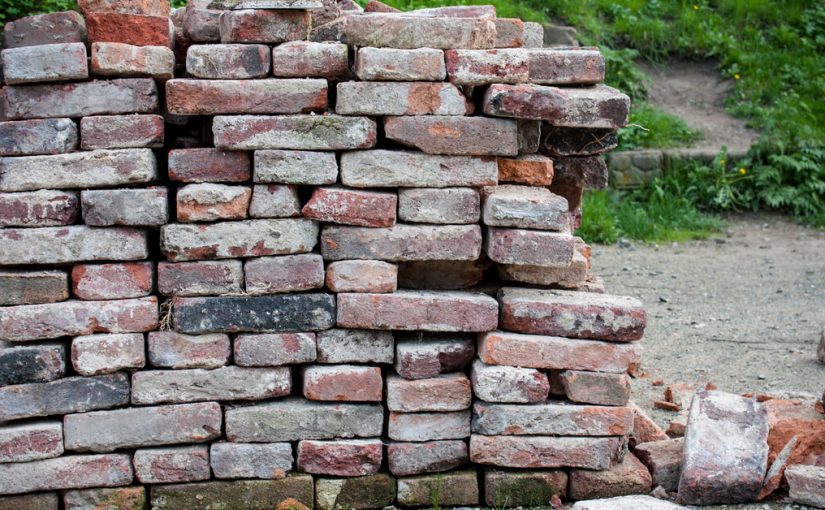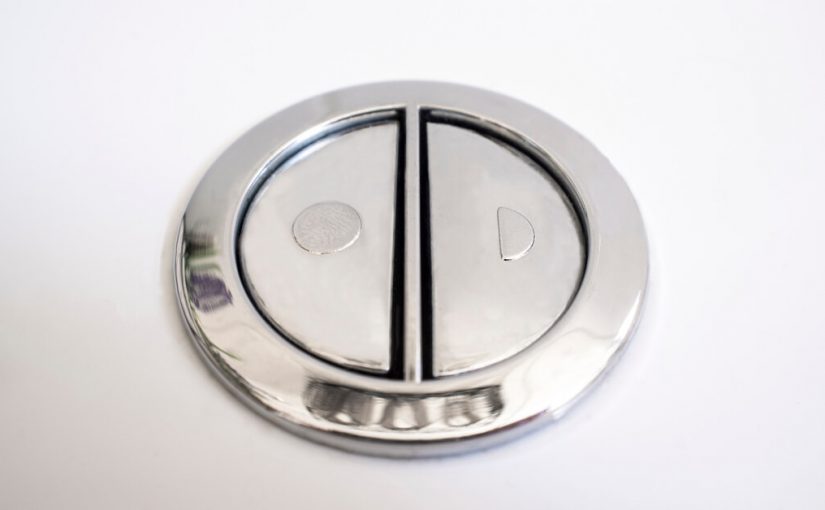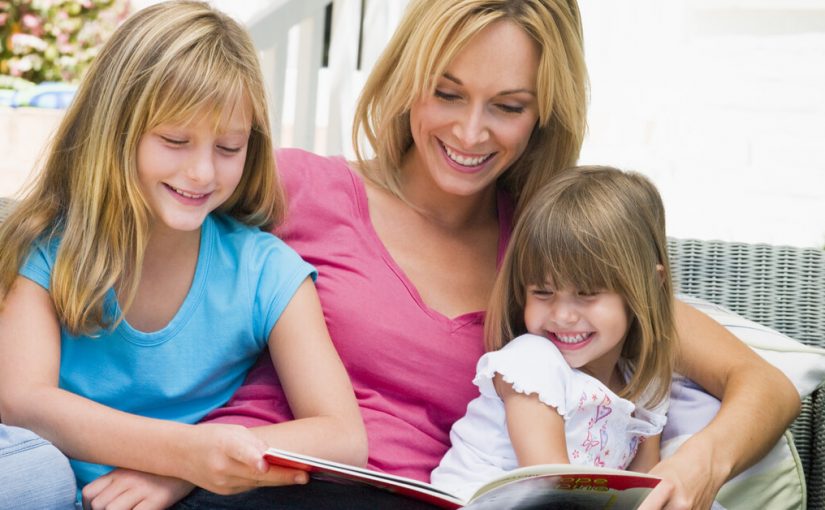Moving to a new home is exciting, but packing, moving, and unpacking is the pits. Here is a list of some moving tricks and hacks to hopefully make your move to your new home a little less stressful.
1. Plan your packing with a schedule.
Procrastinating can make packing chaotic. Packing an entire house can feel daunting. Reduce the size of the job in your mind by creating a packing schedule. Starting weeks out and working from least essential to most essential items, make a schedule of what you will pack when to pack it. Instead of one huge task over the course of a few days, this can make it into many very small jobs over the course of several weeks or even months.
2. Downsize before packing using the Marie Kondo method.
Being that you will be going through virtually every single item you own in order to pack, this is a great time to downsize. You may consider using the method employed by famed decluttering expert Maria Kondo. Take the item in your hands and feel if the item sparks joy. If it does, keep it. If it doesn’t, thank it for its existence and either sell, donate, or dispose of the item.
3. Downsizing to picture books.
When decluttering and downsizing our belongings, there are many items that we will absolutely never use ever again and are simply taking up space. Still, we don’t want to forget what the items represent. These could be nicknacks, meaningful yet useless gifts, old varsity jackets, trophies that never leave boxes or other items. In order to keep the memory of these items while not giving them free rent in your home any longer, take a picture of each item and then get rid of them in the appropriate fashion. After you have the pictures of these items, you can easily make a picture book containing all of these items to keep with you (you can usually do this online these days for under $10). As you acquire and get rid of more items, you can make more books. A few picture books will take up much less space in your home than an entire closet of treasured-yet-useless objects. You’ll probably also actually look through the pictures more than you would a dusty closet of trophies or great-grandma’s needlepoint.
4. Put t-shirts, lines, and towels to use while packing valuables.
Instead of buying packing paper for glass valuables, use what you’re going to pack anyways. T-shirts, wash clothes, towels, and linens make for great padding in boxes that contain fragile items.
5. Pack books and other heavy items in rolling suitcases.
Books are probably going to be among some of the heaviest items you’ll need to stow away, so it makes sense to stow them in sturdy rolling suitcases. The wheels will also make the books easier to move in and out of the house onto the truck.
6. Pack smaller kitchen items inside pots and pans.
It doesn’t make a lot of sense to pack air inside your pots and pans. Fill them utensils, seasonings, and the like for maximum efficiency. After all, they’re going to wind up in the same place on the other side!
7. Mark packed boxes by room.
There’s nothing more frustrating than having to direct traffic when you’re moving into a new home. Instead, as you pack, mark the top of each box with the room where it will wind up. When moving into your new house, mark each room for what it is (office, bedroom 1, bedroom 2, bathroom, etc.). This will allow those helping move boxes in know where to take boxes without any direction.
8. Pack an essentials bag first.
Before start packing things that you can’t live without, pack bags for yourself and your family as though you were going camping. Not vacation — CAMPING. Remember toiletries, towels, and toilet paper.
9. Before unhooking electronics, take pictures of how they were wired.
Some stereos or television accessories are plugged in rather elaborately. Instead of having to bust out of the manual in order to plug the items back in, simply snap a picture of the way it is wired before unplugging it. Use a flash to make sure everything is easy to decipher.
10. Have a plan for your children and pets.
As much as we think they will be helpful, younger children and pets only slow down the moving process and make it more stressful. Plan something fun for your children outside of the house on moving day — preferably something that will wear them out as you will be equally exhausted upon getting them back. Also, ask a friend if your pets can stay with them as there are few things more frustrating than attempting to wrangle lose pets before you want to hit the road.
11. Start unpacking the fridge weeks out…with your mouth.
Moving food is a pain. Throwing food out is wasteful. The weeks leading up to your move, make a special effort to consume as much of the food that is in your fridge and pantries without bringing in any new food. Your meals may be slightly, ahem, creative for a while, but at least you won’t be lugging around boxes of food and hoping they don’t spoil before getting to your new house.
12. Remember to unplug your fridge 24 hours before moving.
In order to let it de-ice, you’re going to want to unplug your fridge at least 24 hours before a move. If you don’t, moisture from in the fridge will likely thaw and leak out into your moving truck. Nobody wants soggy boxes.
13. Pack a cooler for the move.
Remember to pack food in a cooler that is easy to prepare and consume on the go. Also, remember to pack plenty of fluids as your water may be turned off on the day of your move and may not be yet running in your new house.
14. Unpack the kitchen first.
The kitchen is typically one of the more frustrating areas of the house to unpack, so bite the bullet and do it first. The rest of your unpacking will feel like breeze in comparison. You’ll probably also need more items from your kitchen boxes, so this is also just fairly practical.
15. Consider taking the opportunity to downsize again.
If you didn’t Marie Kondo when you packed, then you can Ryan Nicodemus when you unpack. Ryan is one-half of The Minimalists. Ryan’s decluttering approach is to pack up your entire house in boxes as if you were moving and then only unpack items as you need them. When Ryan did this, he found that about 80% of his items were still in their boxes after 3 weeks. He ended up selling or donating it and living a much more minimalistic existence.
If you’re considering a move for your present home into a new home, we invite you to discuss what it would take to build the home of your dreams. Building a new home has never easier than it is with the help of the home building professionals at Perry Hood Properties.






